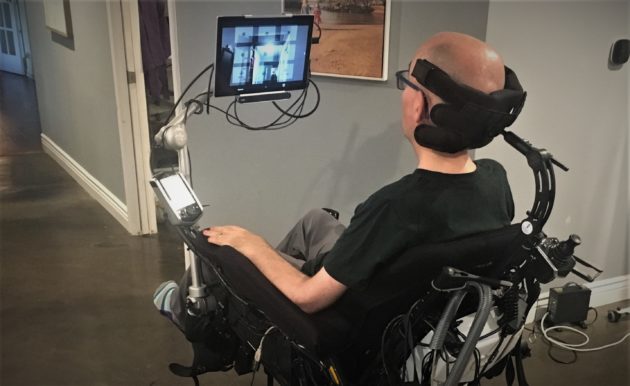Science & Technology, UK (Commonwealth Union) – A multi-disciplinary group of scientists, with many researchers from the University College London (UCL), have produced a method for tracking the progression of movement disorders applying motion capture technology and Artificial Intelligence (AI).
The ability of AI to track and record minute details has given a boost in recent times to a variety of researchers in various fields from science to business such as monitoring investor sentiment.
The publication in Nature Medicine of 2 ground-breaking studies, saw a cross-disciplinary team of AI and clinical researchers demonstrate that the combination of human movement data collected from wearable tech with a powerful new medical AI technology, gave them the capability to note clear movement patterns, forecast future disease progression as well as significantly elevating the efficiency of clinical trials in 2 very different rare disorders, that are Friedreich’s ataxia (FA) and Duchenne muscular dystrophy (DMD).
Monitoring the progress of DMD and FA is generally conducted via intensive testing in clinical settings. These papers offer a significantly greater accurate assessment, further elevating the accuracy and objectivity of the gathered data.
FA and DMD are rare, degenerative, genetic diseases that impact movement and eventually result in paralysis. Presently no cures are available for both diseases, however researchers hope that these findings will significantly enhance the hunt for new treatments.
Rare diseases as highlighted in world rare disease day with the hardships people with the conditions face due to less funding and focus that can often lead to the neglect of those with rare diseases. However many scientists have pointed out that focusing on rare diseases can provide valuable insights into the nature of other similar diseases. The advancement of AI has also helped advance research on rare diseases.
The researchers estimate that the application of these disease markers means that significantly less patients are needed to produce a new drug when contrasted to the present methods. This is specifically significant for rare diseases due to the difficult nature of identifying suitable patients.
Researchers hope that in addition to applying the technology for tracking patients in clinical trials, it may also be eventually utilized to monitor or diagnose a range of common diseases impacting movement behavior like dementia, stroke and orthopaedic conditions.
The FA research, saw teams at the UCL Ataxia Centre, UCL Queen Square Institute of Neurology, and Imperial College London, engage with patients to mark key movement patterns and forecast the genetic markers of disease. The researchers had the ability to administer a rating scale to determine levels of disability of ataxia SARA and functional assessments such as walking, hand/arms movements (SCAFI) with 9 FA patients along with matching controls. The findings of the validated clinical assessments were followed by the contrasting with the one they got from applying the novel technology for the same patients and controls. The latter indicated greater sensitivity in forecasting disease progression.
Both the studies had all the data from the sensors that was gathered and fed into the AI technology in forming individual avatars and to analyze motions. Both the vast data set together with the powerful computing tool permitted scientists to define key movement fingerprints observed in children with DMD together with adults having FA, that were not the same in the control group. Most of these AI-based movement patterns were not described clinically before in either DMD or FA on prior occasions.
I’m delighted to have been involved in this exciting study, for which I characterised the genetic mutation (a GAA repeat expansion) and disease modifier that are responsible for the Friedreich’s ataxia patients’ phenotype. This is a very rare condition, but the Ataxia Centre participated in a natural history study clinically and genetically characterising more than 300 patients, which enabled us to select a very homogenous group of ambulatory patients to validate the sensor and AI tool. This was essential to the success of the study, which will have huge implications for future clinical trials,” said Co-author, Dr Suran Nethisinghe, of the UCL Ataxia Centre, UCL Queen Square Institute of Neurology.








